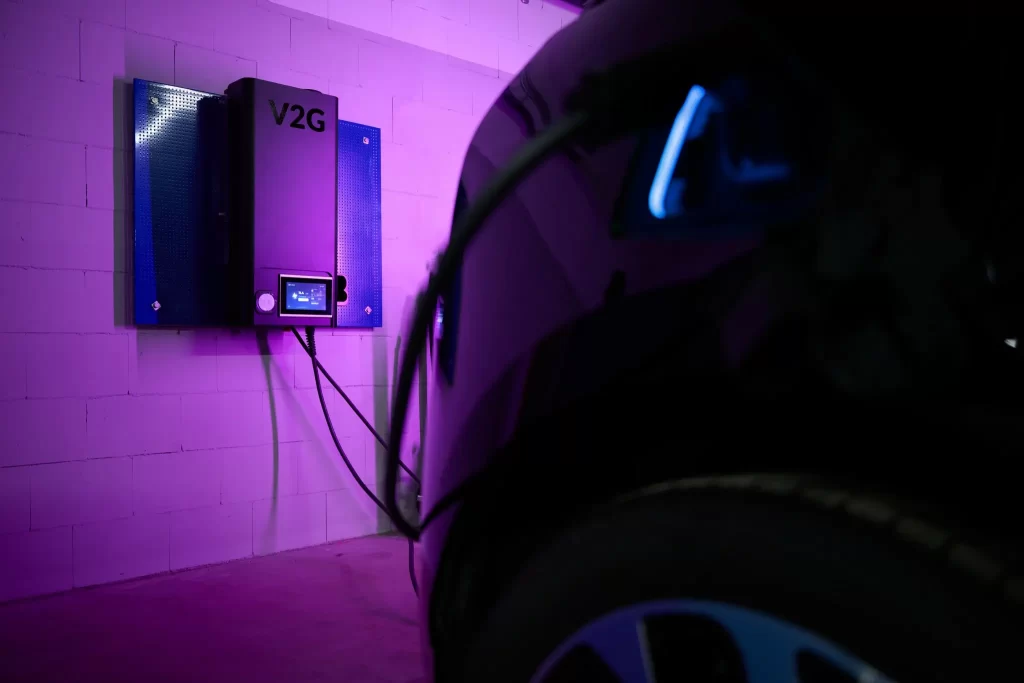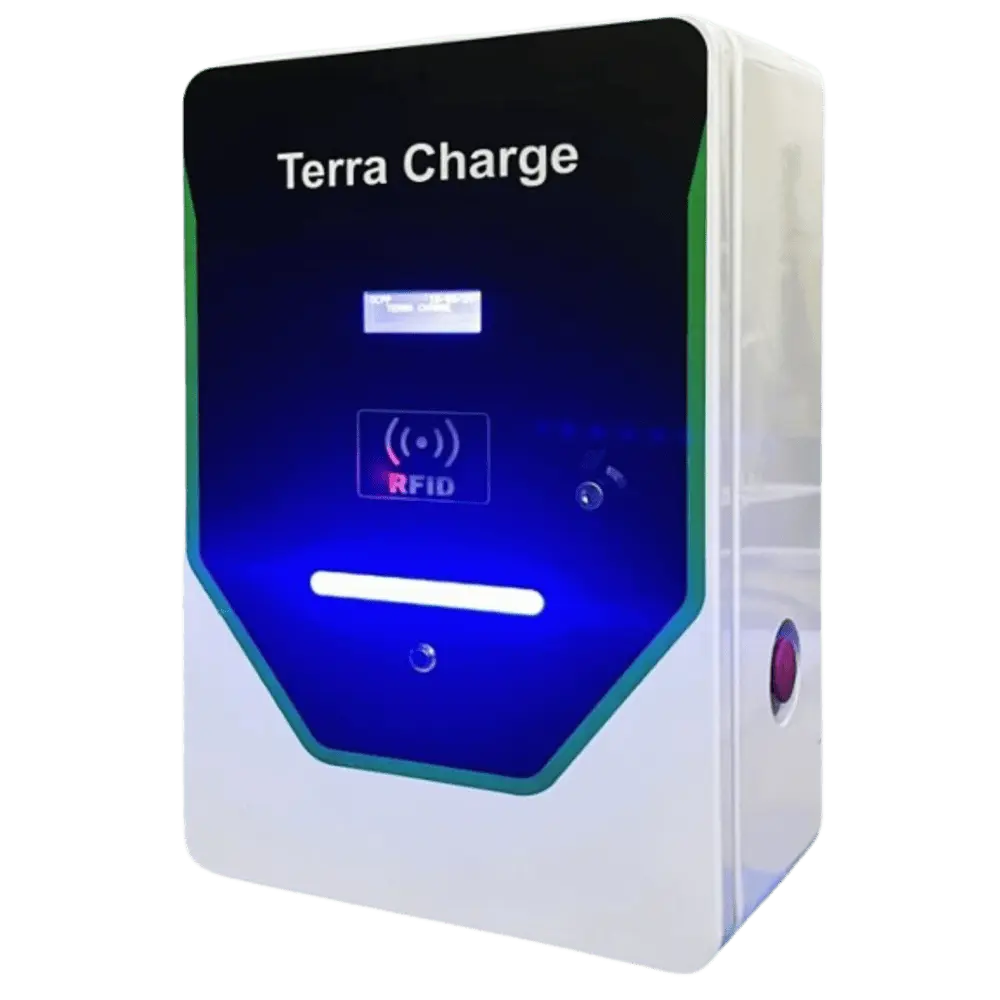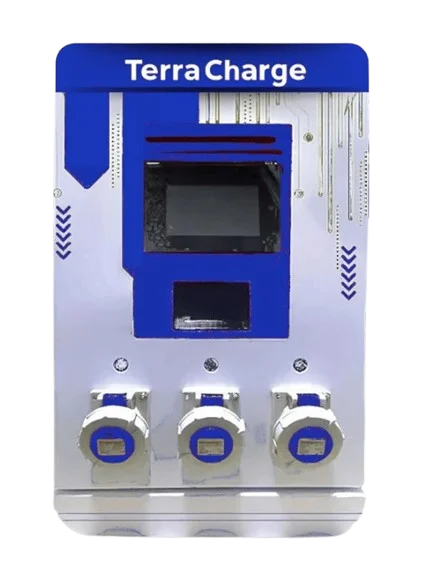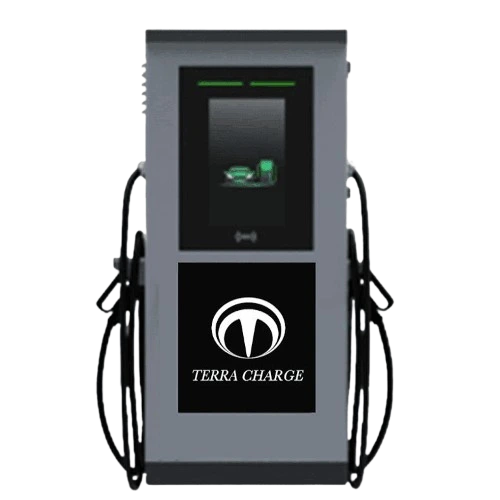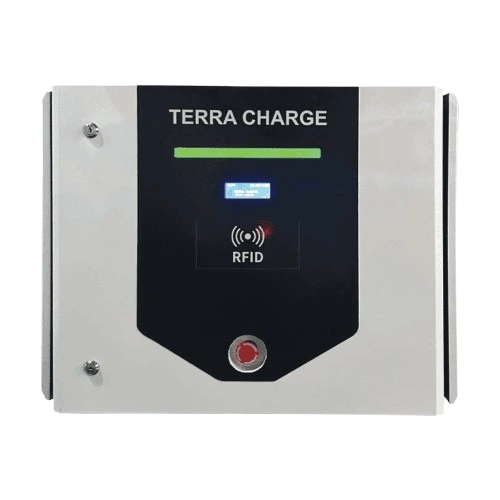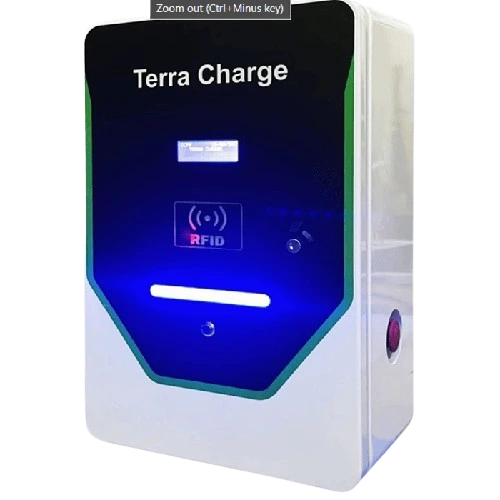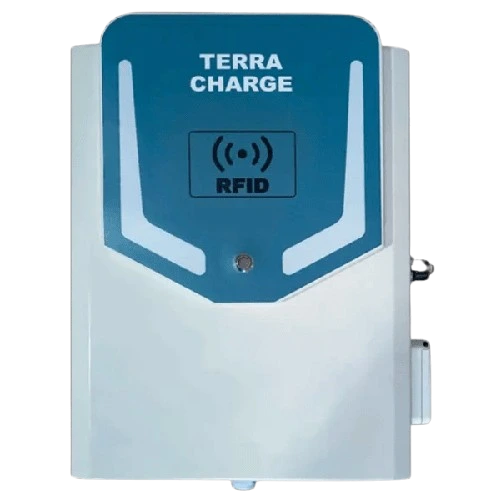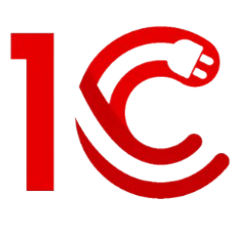The EV Standardization has been the most significant missing part of the EV industry—standardisation in chargers, EV batteries, charging connectors, standard payment gateway, and much more. The government has released new standards for the batteries.
The Central Electricity Authority (CEA) has new ideas for integrating electric vehicles with the power grid. They proposed measures for standardising batteries and making them interchangeable. This would help with “reverse charging” – where EVs can send electricity back to the grid when needed.

Reverse charging is part of the “vehicle-to-grid” or V2G concept. The idea is that the batteries in electric cars don’t just draw power from the grid; they can also provide power back to the grid during peak demand times. Pretty neat, right?
But the CEA says car batteries must first be standardised and interchangeable to make V2G work. They want regulations updated to support reactive power compensation using EVs connected to the grid. Reactive power helps stabilize voltage on the grid.
The call for standardisation comes as some EV makers have pushed back on strict battery standards. They’re worried it will limit innovation. However, the CEA thinks it must enable V2G on a large scale.

The CEA report says EV fleets represent a massive opportunity for grid electricity storage. Since cars sit parked most of the time, their batteries could provide storage capacity when connected to the grid.
However, adding lots of EVs does stress the grid in various ways. It can cause congestion, voltage issues, higher peak loads, etc. So, utilities must upgrade infrastructure to handle the extra EV charging load.
The CEA recommends several things to make V2G work: battery standardisation, two-way charging systems, integrated planning between transport and power sectors, EV load management, and more.
Aggregators could help optimise EV charging and discharging to provide services to the grid. They’d contract with EV owners, manage when vehicles charge, and discharge based on grid needs.
Distribution companies (discoms) also need to plan for EVs. The CEA suggests discoms make readiness plans to manage the EV loads, upgrade infrastructure, and procure extra power if needed.
The emphasis on V2G comes as EV adoption accelerates in India. It’s exciting to have millions of EVs double as mobile grid batteries! The CEA wants to implement standards and policies to enable it.


